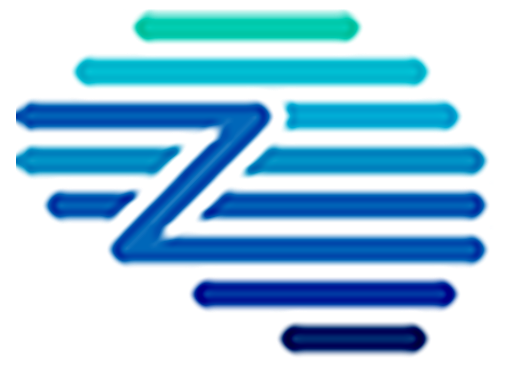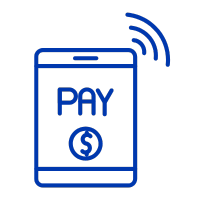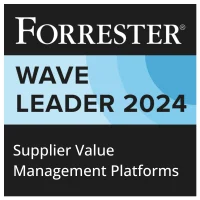Purchase Order Management is a systematic process that involves the creation, tracking, and management of purchase orders to ensure timely acquisition of goods and services required for business operations. It encompasses all steps from order generation to receipt and includes key tasks such as budget checks, approvals, order placement, communication with suppliers, and monitoring delivery to ensure compliance and efficiency in procurement activities.
Key Benefits
– Streamlined Procurement Process: Purchase Order Management helps streamline the procurement process, reducing manual workload through automation, which results in faster processing times and reduced errors.
– Enhanced Spend Visibility: By managing purchase orders systematically, businesses gain better visibility into their spending patterns, enabling more informed budgeting and financial planning.
– Improved Supplier Relationships: Efficient purchase order management leads to timely and accurate payments, fostering trust and stronger relationships with suppliers.
– Increased Policy Compliance: Automated checks within purchase order management systems ensure compliance with company policies and regulatory requirements, mitigating the risk of non-compliance penalties.
– Cost Management and Savings: Effective purchase order management reduces the risk of overpayments and helps identify cost-saving opportunities by preventing maverick spending and ensuring adherence to negotiated prices and terms.
Related Terms
– Streamlined Procurement Process: Purchase Order Management helps streamline the procurement process, reducing manual workload through automation, which results in faster processing times and reduced errors.
– Enhanced Spend Visibility: By managing purchase orders systematically, businesses gain better visibility into their spending patterns, enabling more informed budgeting and financial planning.
– Improved Supplier Relationships: Efficient purchase order management leads to timely and accurate payments, fostering trust and stronger relationships with suppliers.
– Increased Policy Compliance: Automated checks within purchase order management systems ensure compliance with company policies and regulatory requirements, mitigating the risk of non-compliance penalties.
– Cost Management and Savings: Effective purchase order management reduces the risk of overpayments and helps identify cost-saving opportunities by preventing maverick spending and ensuring adherence to negotiated prices and terms.
References
For further insights into these processes, explore Zycus’ dedicated resources related to Purchase Order Management:
- Mastering Services Procurement: A Comprehensive Guide
- A leading sports car manufacturing enterprise reduces the invoice processing time to less than 5 days
- Horizon 2014: Look Who Will be Talking
- Demystifying Cognitive Procurement-Why it should matter to the CPOs
- Unlocking Quicker ROI with Successful AI Implementation Strategies
White Papers
Master the UK Procurement Act 2023: Ensure Compliance & Drive Procurement Excellence

Filter by
Compliant Invoicing
Compliant Invoicing refers to the process of generating, submitting, and managing invoices in adherence with legal, regulatory, and contractual requirements.
Continuity Plan
A Continuity Plan is an organized set of policies and procedures designed to ensure that a company’s essential operations can
Cost Modeling
Cost Modeling in procurement refers to the analysis and estimation of the total cost of ownership of a product or
Contract Audit
Contract Audit is a systematic evaluation of agreements and related documentation to ensure compliance with contractual terms, identify discrepancies, and
Procurement Cycle
The Procurement Cycle refers to the end-to-end process through which an organization identifies its needs, sources suppliers, negotiates contracts, places
Procurement Master Data Management
Procurement Master Data Management is the disciplined approach to managing core, consistent procurement information, including supplier, product, and contract data,






















































